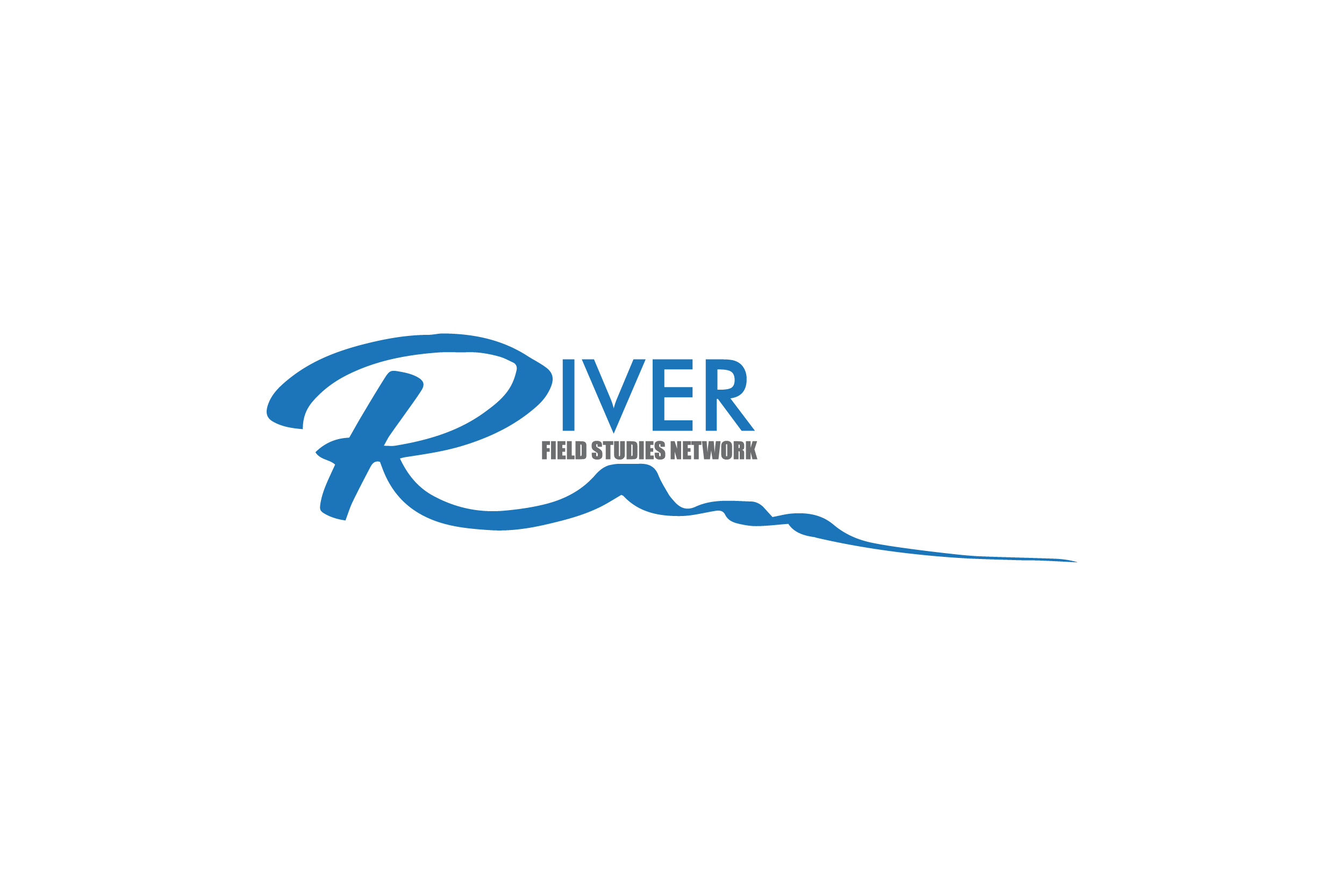A STEAM Approach to Understanding Water Systems
Author(s): Kaitlin J Mattos1, Elizabeth Preza2
1. Fort Lewis College 2. El Paso Community College
315 total view(s), 193 download(s)
Summary:
Students will investigate their relationships to water through STEAM (science, technology, engineering, art, and mathematics) using a combination of science, art, and reflection and build new scientific skills to evaluate water quality and what is…
Contents:
STEAM Lesson Plan(DOCX | 32 KB)
STEAM Background Information for Instructors(DOCX | 469 KB)
STEAM Background Lesson Lecture Slides.pdf(PDF | 4 MB)
STEAM Lab Report template(DOCX | 2 MB)
- License terms
Description
This resource includes the lesson plan and description of background information, field activities, and reflections that can be conducted with students. We also include a file of background information for instructors, lecture slides for a background classroom lecture before the field activities, and a blank lab report template that can accompany student learning.
Cite this work
Researchers should cite this work as follows:
- Mattos, K. J., Preza, E. (2024). A STEAM Approach to Understanding Water Systems. River Field Studies Network, QUBES Educational Resources. doi:10.25334/VWSM-AH56
